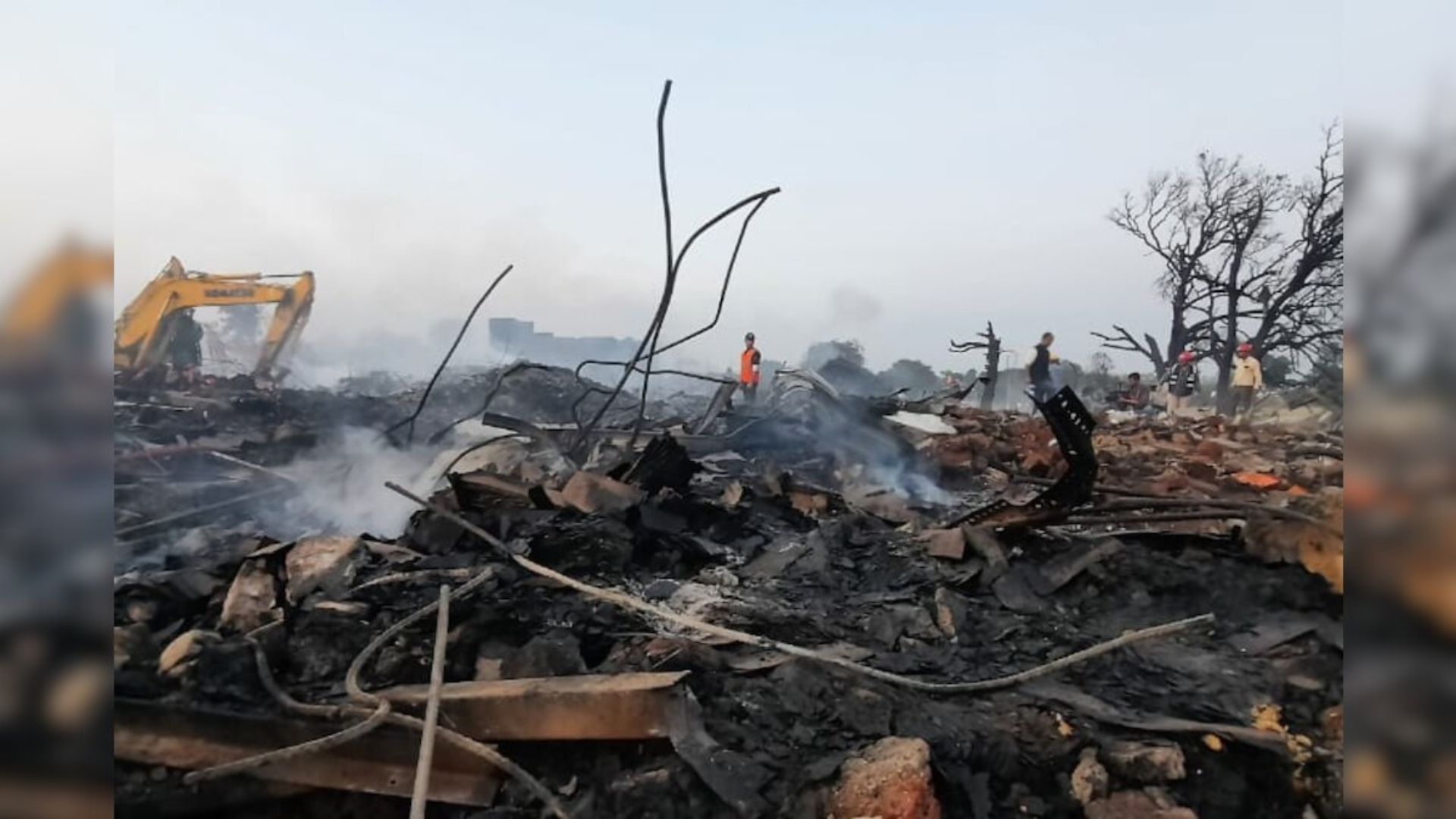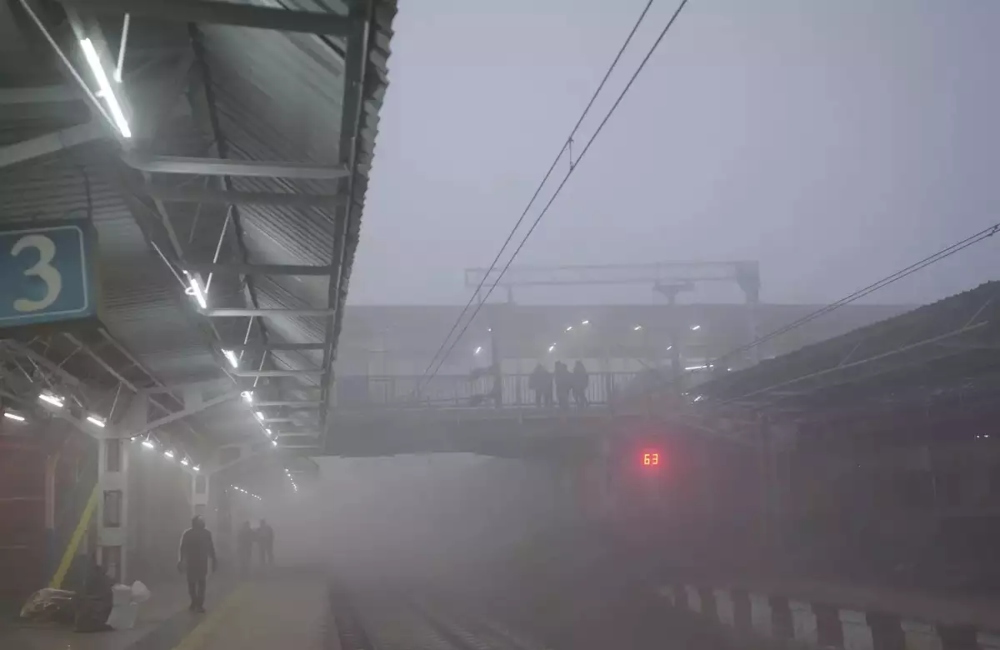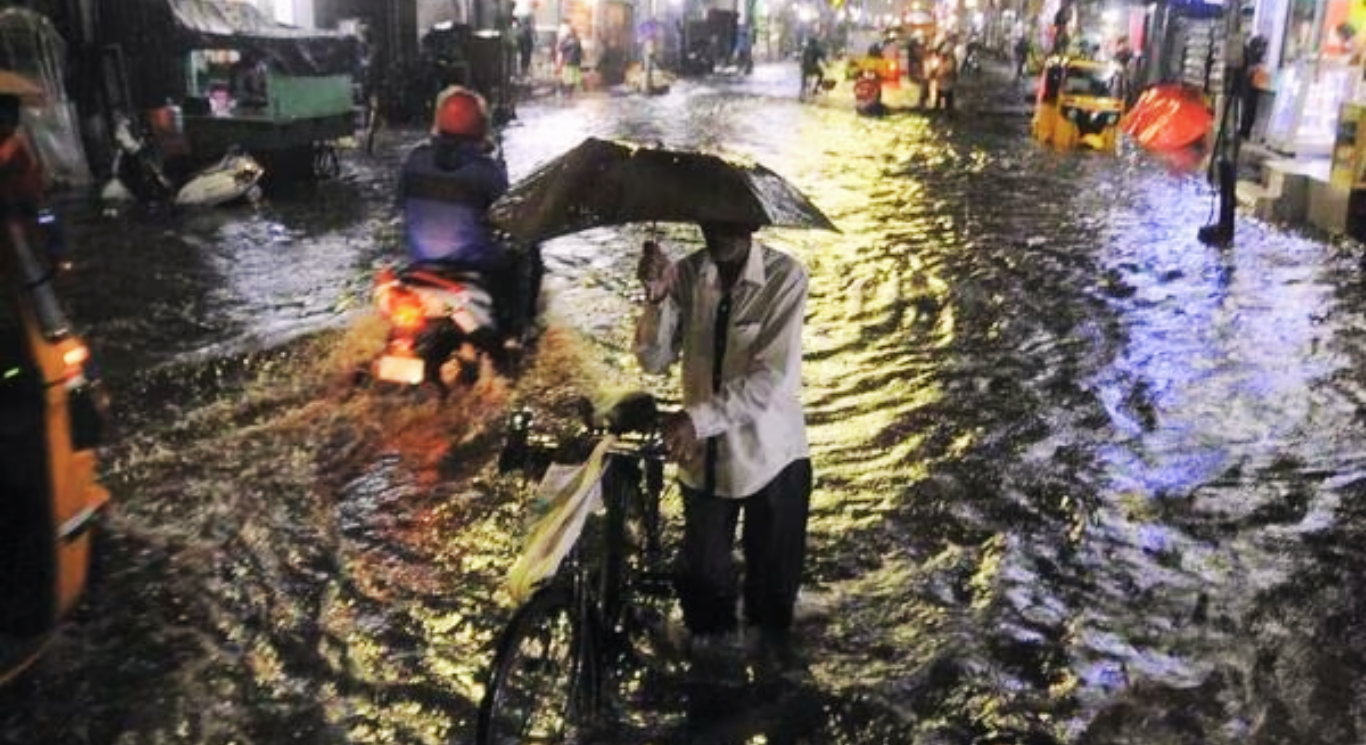










As a persistent cold wave tightens its grip on Northern India, dense fog blankets the national capital and its surrounding areas, leading to disruptions in train services. Indian Railways reports delays affecting 26 Delhi-bound trains on Thursday due to low visibility caused by the prevailing weather conditions.
Among the trains arriving late in Delhi on January 4, 2024, are prominent services such as Howrah-New Delhi Poorva Express, Dibrugarh-New Delhi Rajdhani, Jammu Tawi-New Delhi Rajdhani, and various other Rajdhani and Express trains. The adverse weather conditions have created challenges for commuters and railway operations.
The dense fog and reduced visibility have also impacted other regions in the northern and northeastern parts of the country. In Srinagar, a thin sheet of ice covers the surface of Dal Lake as temperatures continue to drop. Uttar Pradesh witnesses foggy conditions in cities like Gorakhpur, Prayagraj, and Lucknow, while in Rajasthan, thick fog reduces visibility in the Bhankrota area of Jaipur.
In response to the weather conditions, the India Meteorological Department (IMD) predicts that the maximum temperature in the national capital is expected to be around 15 degrees Celsius. The foggy conditions are likely to decrease in the next two days, according to the IMD, although the cold wave is expected to persist for the next 2-3 days in Delhi and the National Capital Region.
Visibility levels recorded in various regions highlight the severity of the fog, with some areas experiencing near-zero visibility. Flight operations at Delhi Airport have also been affected, leading to delays.
As the cold wave continues, residents and authorities are advised to exercise caution and adhere to safety guidelines during this challenging weather period. The impact on transportation services underscores the need for commuters to stay updated on the evolving situation and plan their journeys accordingly.









